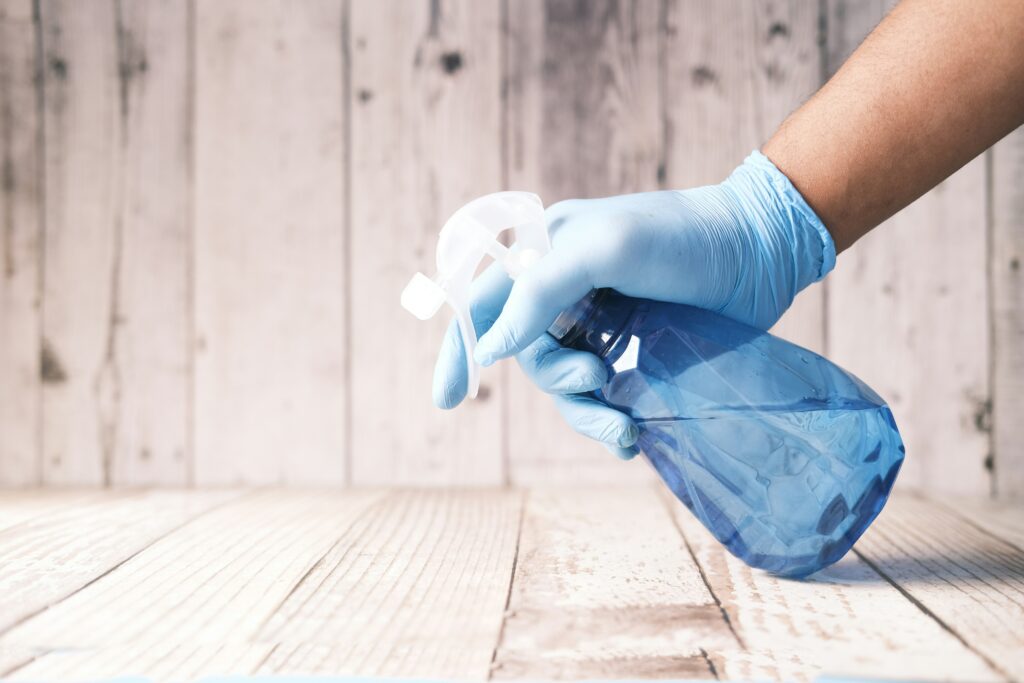In today’s world, especially with the recent coronavirus pandemic, the importance of cleanliness and hygiene is more evident than ever. One of the key tools for maintaining cleanliness is the use of disinfectants. In this article we will look at what disinfectants are, how they work, their common types, what chemical reagents are available, and finally the difference between sterilization and disinfection.
What are disinfectants?
A disinfectant is a chemical designed to kill microorganisms on surfaces or objects. What are these microorganisms? Most commonly, they are bacteria, viruses, and fungi. By killing these harmful pathogens, disinfectants help prevent the spread of infectious diseases.
Disinfectants in action: How do they work?
Disinfectants usually act by destroying the cell walls or membranes of molecule microorganisms, disrupting essential proteins or enzymes within the cell, or damaging the genetic material of the microbe. As a result, the microorganism becomes unable to reproduce and cause infection, eventually leading to its death.

Common disinfectants
There is a wide range of disinfectants, each with its own mechanism of action and effectiveness against different types of microorganisms. Common types include alcohol-based disinfectants, quaternary ammonium compounds, hydrogen peroxide and chlorine-based disinfectants such as bleach.
Bleach as a disinfectant
Bleach, or sodium hypochlorite, is one of the most common disinfectants. It works by releasing chlorine, which breaks down the protein envelope and enzyme of microorganisms, effectively killing them. Bleach is effective against a wide range of pathogens and is widely used in healthcare facilities, housekeeping, and water treatment.
Sterilization vs. Disinfection: What’s the difference?
Although sterilization and disinfection both aim to destroy microorganisms, there is a clear distinction between the two processes. Sterilization involves the complete removal or destruction of all forms of microbial life, including bacterial spores. Disinfection, on the other hand, is aimed at killing specific pathogens to reduce their numbers to a level that is considered safe for human health.
Conclusion
Disinfectants play a critical role in maintaining cleanliness and preventing the spread of infectious diseases. Understanding how disinfectants work and the differences between types of disinfectants allows people and organizations to make informed choices when cleaning and disinfecting facilities. By incorporating effective disinfection methods into everyday life, we can contribute to safer and healthier facilities for all. It should also be noted that the use of disinfectants is an important part of our efforts to control the spread of various diseases and maintain a hygienic environment. Whether in health care facilities, households or public places, the proper use of disinfectants helps protect against harmful microorganisms.

